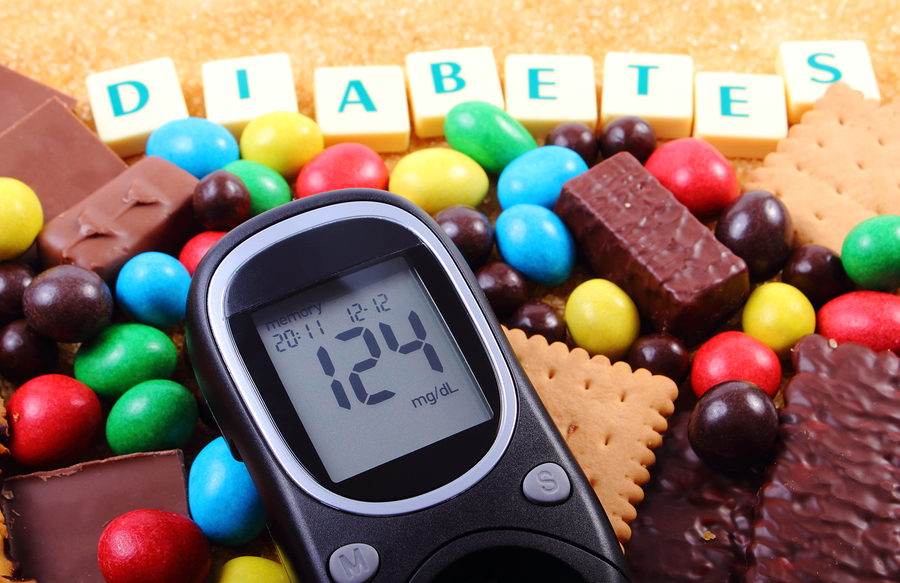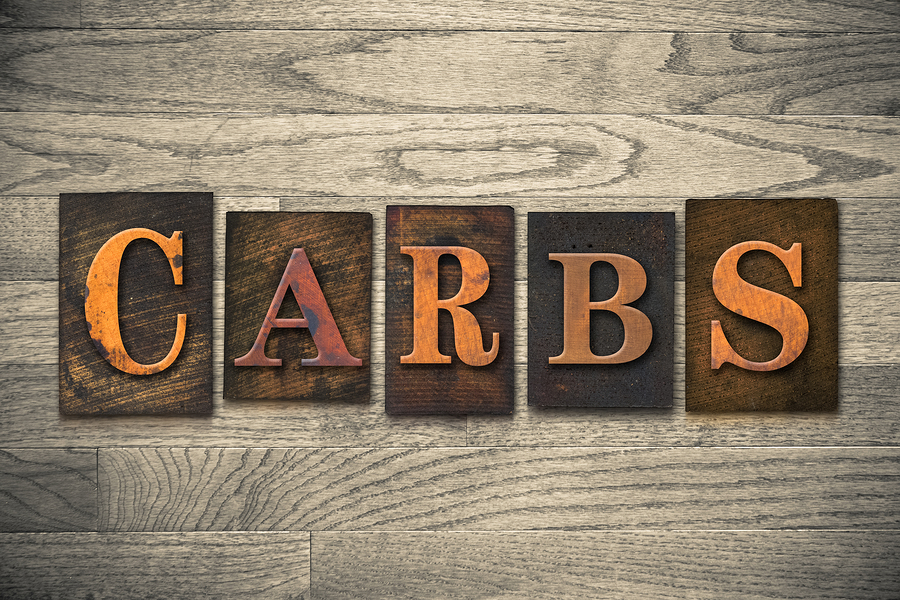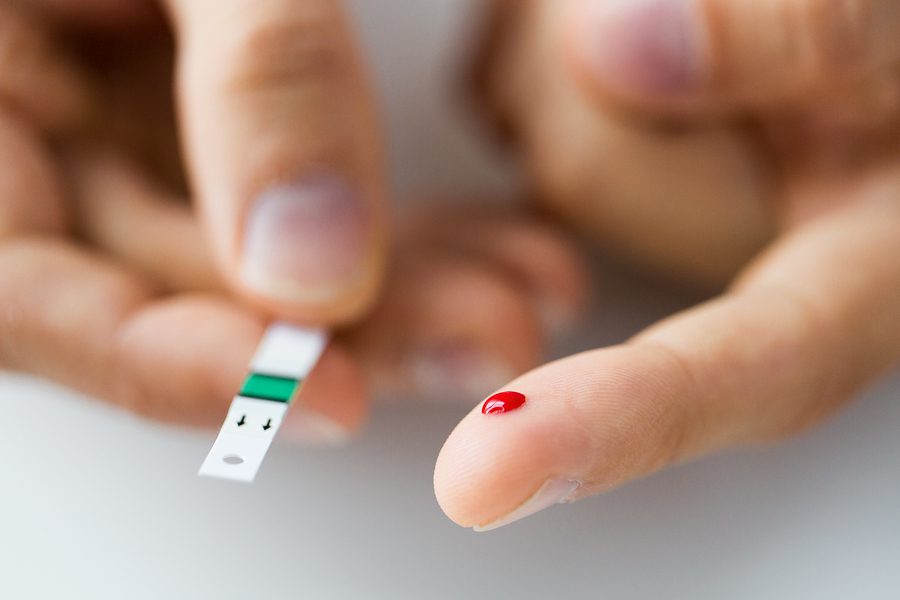- Make It Yourself Lavender Heart-Shaped Bath Bombs!
- 20 Things You Never Knew About “Down There”
- 12 Best Foods For Those Suffering From Arthritis Pain
- 12 Personal Hygiene Mistakes Almost Everyone Makes (Mom Never Told You About #4!)
- 15 Medicinal Plants And Herbs From The Cherokee People
- 12 Mind-Blowing Benefits Of Drinking Coconut Water During Pregnancy
- 12 Outstanding Winter Foods That Won’t Fatten You Up Like A Christmas Turkey
5 Ways You Can Reverse Type 2 Diabetes

Photo credit: bigstock.com
There are two types of diabetes. You are usually born with type 1 diabetes and it is where your body is unable to produce insulin on its own to break down your food consumption. Type 2 diabetes used to be called adult-onset diabetes, but currently for most people it is from being overweight, eating too many sweets and carbohydrates, and not exercising.
Those who have type 1 diabetes must take insulin in order to regulate their blood glucose levels. For people with type 2 diabetes, most people are prescribed any of a variety of prescription medications that help the pancreas break down the sugar levels to a normal level.
For years, people with type 2 diabetes were told that once you have diabetes you have it for life. Fortunately, that is no longer true. You must understand that pharmaceutical companies are in business to help you maintain a healthy status. They are not interested in curing you of whatever condition you are being treated for. Think about it: If you are cured then you will no longer need the medications that the pharmaceutical companies are selling which is their main business.
Ann Albright, Ph.D., RD, is the head of diabetes translation located at the Center for Disease Control and Prevention (CDC). While talking about reversing your diabetes may sound a little farfetched, it is possible. Ann says, “The term reversal is used when people can go off medication but still must engage in a lifestyle program in order to stay off.” In other words, it is possible if you are ready and willing to change your ways, eat better, always check your blood sugar, and exercise regularly. Here are 5 ways you can reverse your type 2 diabetes.
1. Eat less and exercise more
Albright suggests that just by losing weight that equals anywhere between 5% to 10% of your current weight, and building up an exercise program that comes to at least 175 minutes each week, you should be able to lower your chances of continuing to have type 2 diabetes. When working on reducing your weight many people converted to a low calorie plan and reduced their intake to 1,200 -1,800 calories each day. Many also made sure they received counseling every week, as well as education, regarding the changes they were making in their lifestyle.
Continue to Page 2

Photo credit: bigstock.com
2. A simple low carb plan
One patient who worked very hard to lose weight and reverse her type 2 diabetes decided to lower her carbohydrate intake to no more than 20 grams per day. She did not eliminate carbohydrates completely from her daily diet but just kept them to the bare minimum. She did make sure to get in some regular exercise but her plan took a little longer to complete. The key was that she was able to stay on this plan rather than any of the more difficult plans listed below.
3. The 600 calorie plan
This was the original plan that came about as part of a clinical trial that took place in the UK. Participants were put on a very extreme 600 calorie per day diet for 8 weeks. The diet consisted of three protein shakes – one for each meal – plus a small amount of low carbohydrate vegetables. A good deal of water was also required to try to keep participants from getting hungry plus keeping them hydrated. After 8 weeks, those who managed to stay on the diet for the entire time period did find their glucose levels back to normal and their pancreas functioning as it did before being diagnosed as a type 2 diabetic.
Continue to Page 3

Photo credit: bigstock.com
4. The 800 calories plan
It wasn’t long after the 600-calorie experiment when researchers in the UK discovered that putting patients on an 800-calorie diet for 8 weeks worked just as well as the 600-calorie plan. The whole purpose was to get the liver and body rid of any fatty deposits that had built up so that the pancreas had a chance to start over without always having to deal with built-up fat first. The low-calorie plans were very difficult for people to stay on because they are so low the patients ended up hungry along with several side effects such as headaches, nausea, confusion from being so hungry, and always feeling cold.
5. High fat low carbohydrates
It seems that another program that worked in reversing type 2 diabetes was keeping patients on a high fat low carbohydrate diet. The patients had to maintain a low carbohydrate range of 20 grams per day. The good part is that the high-fat portion of the plan was able to keep them from feeling any real hunger. Also, eating plenty of protein kept their blood glucose levels even. This plan worked well but it took longer than the 8-week programs with the much-reduced calories.
The main point here is to find a plan that will work for you if you are serious about reversing your own type 2 diabetes. Researchers found that contrary to earlier beliefs, you can reverse type 2 diabetes even if you have had this condition for longer than 10 years. Originally it was thought that the longer you had it the harder it was to get rid of permanently.
READ ALSO: Top 8 Fruits To Include In A Diabetes-Friendly Diet Infographic
Choose a plan that is comfortable for you and ensures that you will stay on it. If you feel that 8 weeks is a short enough period of time to stay on a very low-calorie program, go for it. If you feel that you are more apt to stay on a plan where you have more to eat and a little longer time period, opt for any of the lower carbohydrate plans and find an exercise regime that you can stick with. Continue to take your medications until you check with your doctor but keep a record of your blood sugar readings every day. Before you know it, you will be free of type 2 diabetes and able to get off all medications.
References:
































